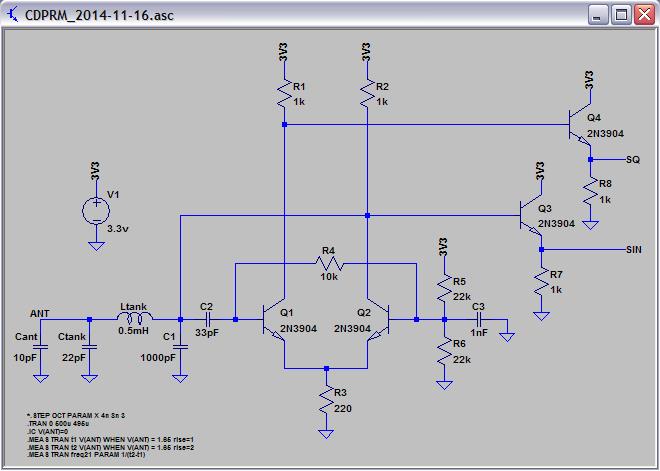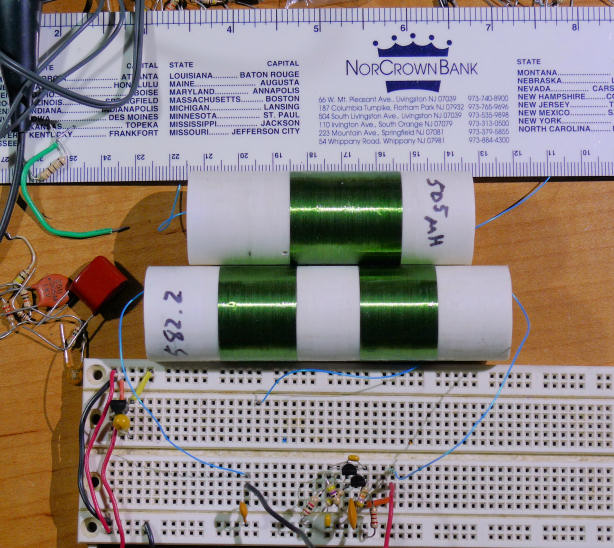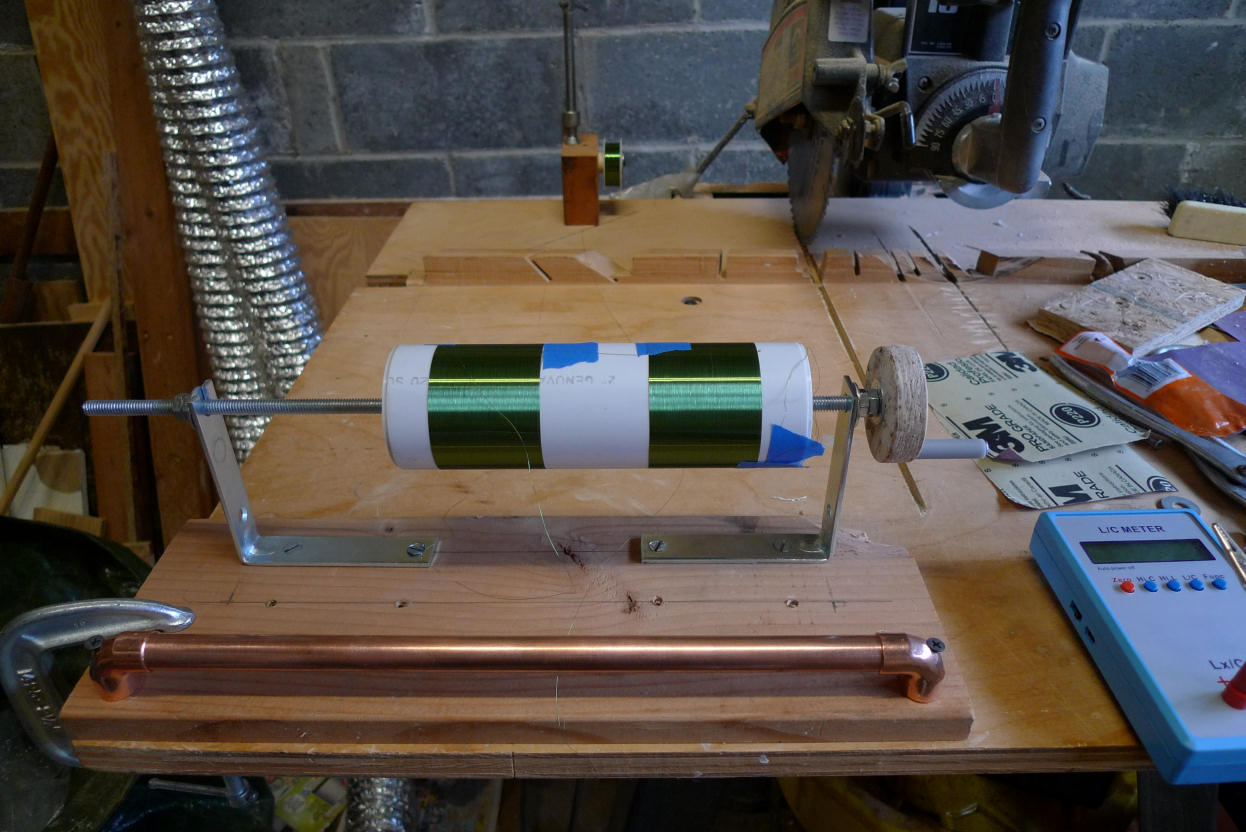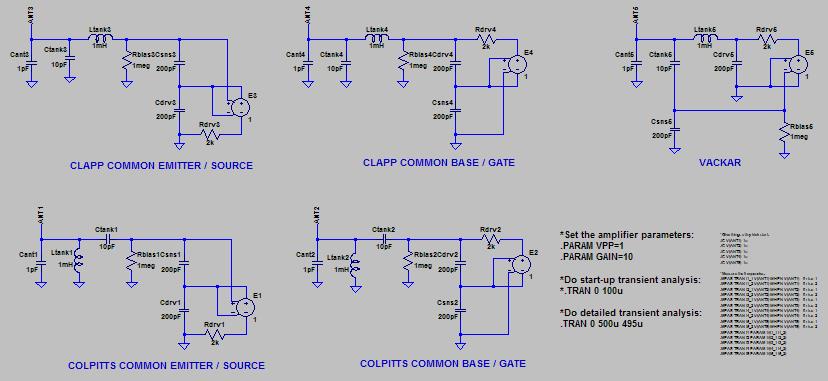Hi Dewster,
I just have this uneasy feeling that something is wrong (or that I am being an idiot ;-) but I really cannot see the "As I pointed out with the spreadsheet at the start of this thread, the oscillator frequency doesn't seem to matter a lot. Anything from 100kHz to > 1MHz will likely work the same."
As I see it, the higher the oscillator frequency, the more sensitive it will be to capacitance change - whether at the "antenna" or at the "tank". (well actually, "sensitivity" perhaps doesnt change, but the difference frequency as a function of % does increase as frequency increases)
Take the following "tankless" examples, assume a 10pF antenna capacitance, and a 1pf change:
40.528mH 10pF = 250kHz ; 40.528mH 11pF = 238.37kHz = 11.63kHz / pF.
Vs:
2.533mH 10pF = 1MHz ; 2.533mH 11pF = 953.47kHz; = 46.53kHz/pf
Or as per your above:
500uH 32pF = 1.2582MHz ; 500uH 33pF = 1.239MHz ;= 19.2kHz/pF
As I see it, in order to get a usable difference frequency span (<5kHz, ~3kHz) one must (if using such sensitive oscillators) actively reduce the sensitivity - an extremely thin antenna for example, or by adding capacitance to the antenna (which has the effect of loading the oscillator which in turn means greater drive current is required if good antenna voltage is to be maintained).
It just seems to me that starting with a lower frequency is moving in a better direction for an analogue heterodyning theremin, and that simulations which do not take the required reduction in sensitivity into account MIGHT be misleading..
But I could well be completely wrong - I dont have a clue about your thinking with regards to sensitivity and linearity.
I can see that high sensitivity / high frequency oscillators are ideal for digital or CV generating front-ends - having a offset of say 20kHz with 50kHz for example - and I am kind of hoping you have found a way of exploiting this in some clever way for producing audio frequency difference...
I wish I didnt have this worry - because apart from this, your designs are beautiful - and for all my doubt, the mixer was superb and operation at 3.3V does make great practical sense as one can buy a 5V wall-wart for peanuts and have a 3v3 regulator on boards..
Real nice little tutorial on oscillator types also! ;-)
Fred.





